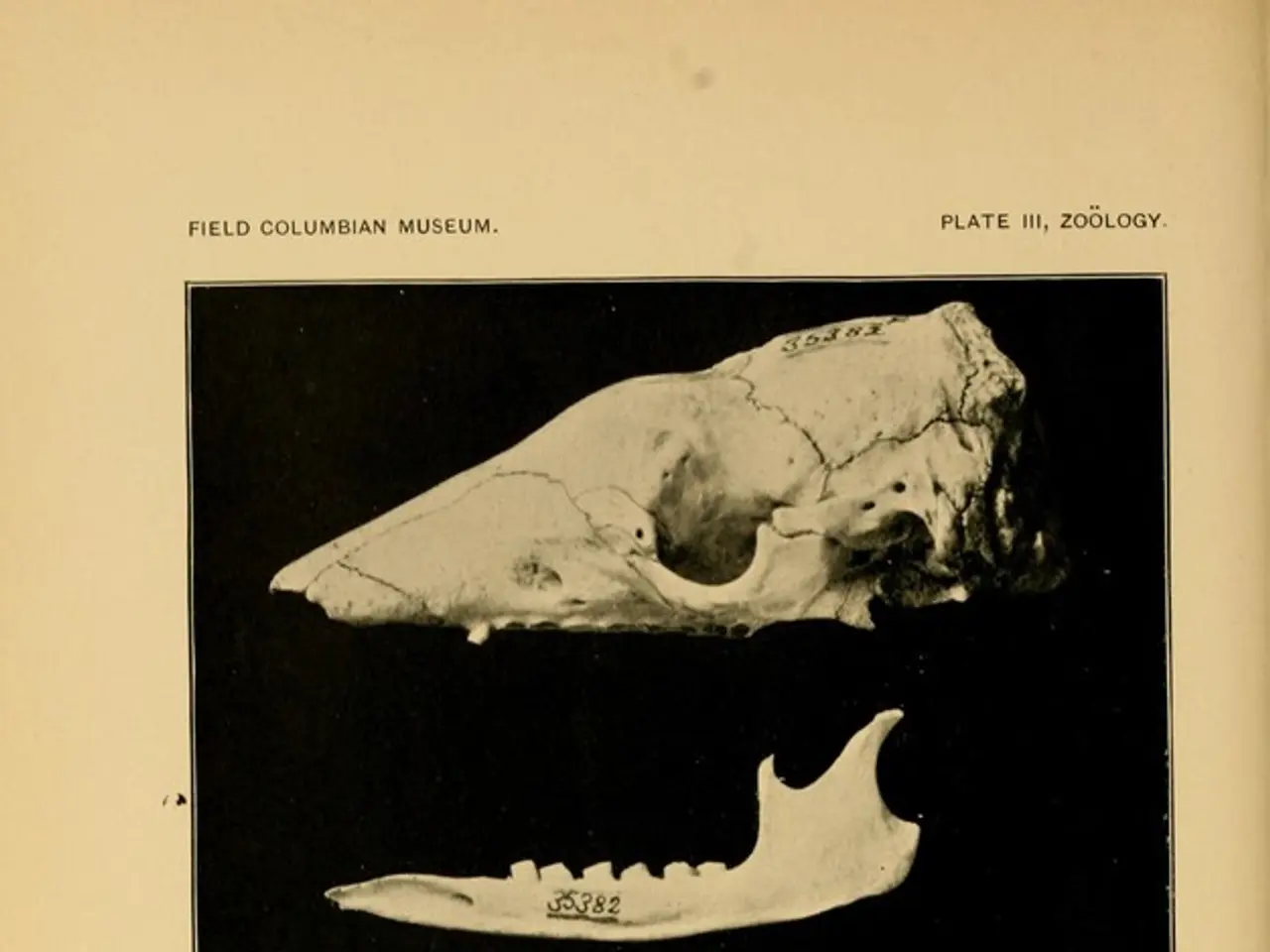Knee Bone Cancer: Signs, Identification, and Management Strategies
Primary bone cancer in the knee is a relatively rare but concerning health issue. The two most common types of primary bone cancer in this area are osteosarcoma and chondrosarcoma.
Osteosarcoma
Osteosarcoma is the most common primary bone cancer occurring around the knee, particularly in the long bones of the legs. It predominantly affects children, adolescents, and a smaller peak in older adults. This type of bone cancer originates from bone-forming cells (osteoblasts).
Symptoms of osteosarcoma include localized bone pain (often worsening), swelling, and sometimes a noticeable lump near the knee. Pain may intensify at night or with activity. The causes of osteosarcoma are not fully understood but involve mutations in bone cells causing uncontrolled growth.
Diagnosis of osteosarcoma typically involves imaging (X-ray, MRI) and a biopsy to confirm the tumor type. Treatment usually involves surgery to remove the tumor and chemotherapy before and/or after surgery. The prognosis depends on the stage at diagnosis and the overall health of the patient.
Chondrosarcoma
Chondrosarcoma is the second most common primary bone cancer, forming in cartilage cells. It more commonly affects middle-aged and older adults. Although it can occur in the knee itself, it is more common in the pelvis, femur (thigh bone near the knee), and other areas.
Symptoms of chondrosarcoma include persistent pain worsening over time, a palpable mass, and limited joint movement. The exact cause of chondrosarcoma is unknown, involving cartilage cell malignancy.
Diagnosis of chondrosarcoma involves imaging and a biopsy. Treatment mainly involves surgical removal; chemotherapy and radiation are less effective but used in aggressive cases.
Common Symptoms
Both osteosarcoma and chondrosarcoma share common symptoms, including bone pain localized near the knee, worsening gradually and potentially worse at night or with movement. Swelling or a palpable lump around the knee joint, reduced range of motion or limited joint movement if the tumor affects joint structures, tenderness or soreness around the affected bone, and possible fractures if the tumor weakens the bone may also be observed.
Causes and Diagnosis
The causes of primary bone cancer in the knee are often unknown, but they involve genetic mutations in bone or cartilage cells causing uncontrolled cell growth. Some cases may be related to prior radiation exposure or inherited conditions.
Diagnosis requires clinical examination for pain, swelling, and mobility issues, imaging studies (X-ray, MRI, CT scans) to visualize the tumor location and size, and a bone biopsy to analyze the nature and type of cancer cells.
Treatment
Treatment typically involves surgery to remove the tumor, with the goal of limb salvage when possible. Chemotherapy is commonly used for osteosarcoma and Ewing sarcoma to target cancer cells systemically. Radiation therapy is used less often but may be employed especially in Ewing sarcoma or when surgery is incomplete. Treatment plans depend on the type, size, location, and stage of the tumor, as well as the patient's age and health.
It's essential to remember that while primary bone cancer in the knee is a serious condition, advancements in treatment and research continue to improve outcomes for patients. If you experience any symptoms or have concerns, consult your doctor promptly.
Read also:
- Foods to avoid for someone with interstitial cystitis include acidic foods like citrus fruits, spicy foods, artificial sweeteners, caffeine, alcohol, and fast foods high in sodium and preservatives.
- International Initiative Underway in Rochester to Enhance Muscular Dystrophy Therapies Globally
- Analysis of Ro Hair Loss Solution: Is it the Optimal Choice for Male Pattern Baldness?
- Exploring the Puzzling Brain Links of the Renin-Angiotensin System (RAS)




